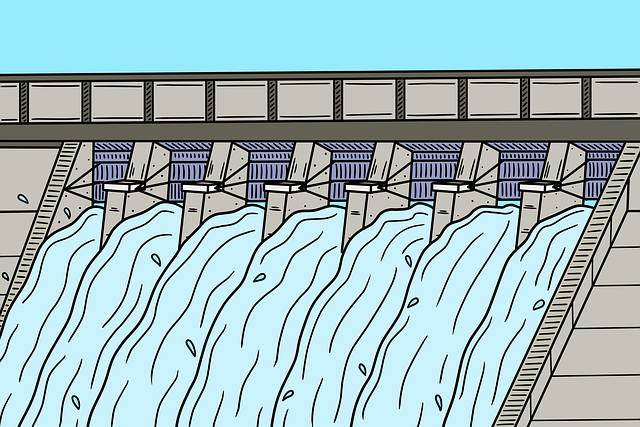After a flash flood in San Antonio, prioritize safety by evacuating and staying informed. Assess damage, document with photos/videos, and turn off electricity at the main breaker. Dry affected areas quickly using fans and dehumidifiers to prevent mold and structural damage. Remove wet items and avoid entering damp areas until professional help arrives.
After a flash flood, immediate action is crucial for San Antonio residents to mitigate damage and restore their homes. This article provides essential guidance on what to do after a flash flood, focusing on critical first steps like assessing flood damage and effective content drying techniques. We also offer valuable post-flood cleaning tips tailored for San Antonio homes, ensuring a thorough and safe restoration process.
- Assessing Flood Damage: First Steps After a Flash Flood
- Drying Out Your Home: Effective Content and Structure Techniques
- Restoring Order: Essential Post-Flood Cleaning Tips for San Antonio Homes
Assessing Flood Damage: First Steps After a Flash Flood

After a flash flood in San Antonio, the first step is to ensure your safety by moving to higher ground and staying informed about local warnings. Once safe, assess the damage by taking stock of your home’s condition—inspect for structural integrity, water intrusion, and any hazardous materials like mold or contaminated water. Document the damage with photos or videos for insurance claims.
Next, prioritize drying out affected areas quickly to prevent long-term damage. Turn off electricity at the main breaker if flooded, and don’t enter damp areas until professional help arrives. Remove wet items—like furniture, carpets, and clothing—and move them outside to begin the drying process. Use fans and dehumidifiers to expedite drying and address potential health risks associated with moisture and mold growth.
Drying Out Your Home: Effective Content and Structure Techniques

After a flash flood in San Antonio, the first steps in mitigating damage involve immediate evacuation and ensuring everyone’s safety. Once the initial crisis is under control, drying out your home becomes crucial to prevent mold growth and structural issues. Effective content and structure techniques are essential for this process.
Start by removing water-soaked items such as furniture, appliances, and personal belongings. Use fans to circulate air and accelerate drying, placing them strategically in rooms affected by the flood. Consider using dehumidifiers to remove excess moisture from the air and prevent mold formation. It’s also important to address structural elements like walls, floors, and ceilings, ensuring they are thoroughly dried to avoid long-term damage. Remember, acting swiftly after a flash flood in San Antonio is key to preserving your home and protecting your health.
Restoring Order: Essential Post-Flood Cleaning Tips for San Antonio Homes

After a flash flood hits San Antonio, restoring order and properly cleaning your home is crucial for both structural integrity and health safety. The first step is to assess the damage—look for any signs of water intrusion, especially in areas like basements, attics, and crawl spaces. Once identified, these areas need immediate attention to prevent mold growth and further deterioration.
Next, it’s important to remove wet materials such as carpet, padding, drywall, and furniture. These items act as breeding grounds for mildew and bacteria if left damp for too long. Use protective gear like gloves, masks, and goggles during the cleanup process to safeguard against potential health risks. Remember, what to do after a flash flood in San Antonio includes swift action to ensure your home is dried out thoroughly and safely.
After a flash flood in San Antonio, quick action is crucial to mitigate damage and prevent further issues. By assessing the situation, implementing effective drying techniques, and adhering to proper cleaning practices as outlined in this guide, homeowners can restore their properties and return to normalcy faster. Remember, acting promptly is key to saving valuable possessions and ensuring a healthier living environment post-flood.
